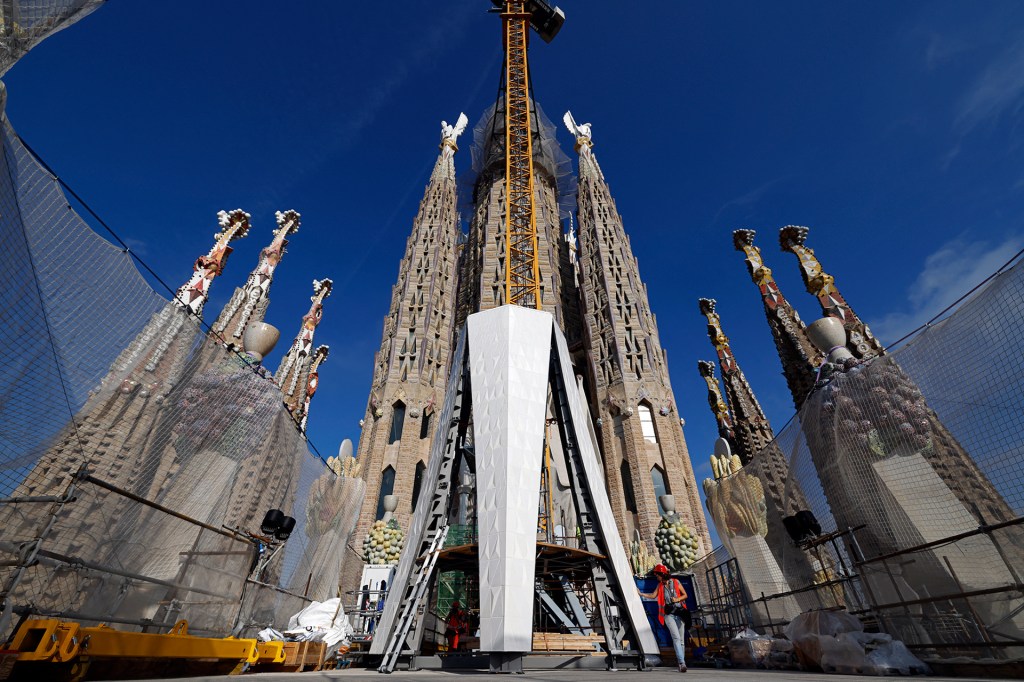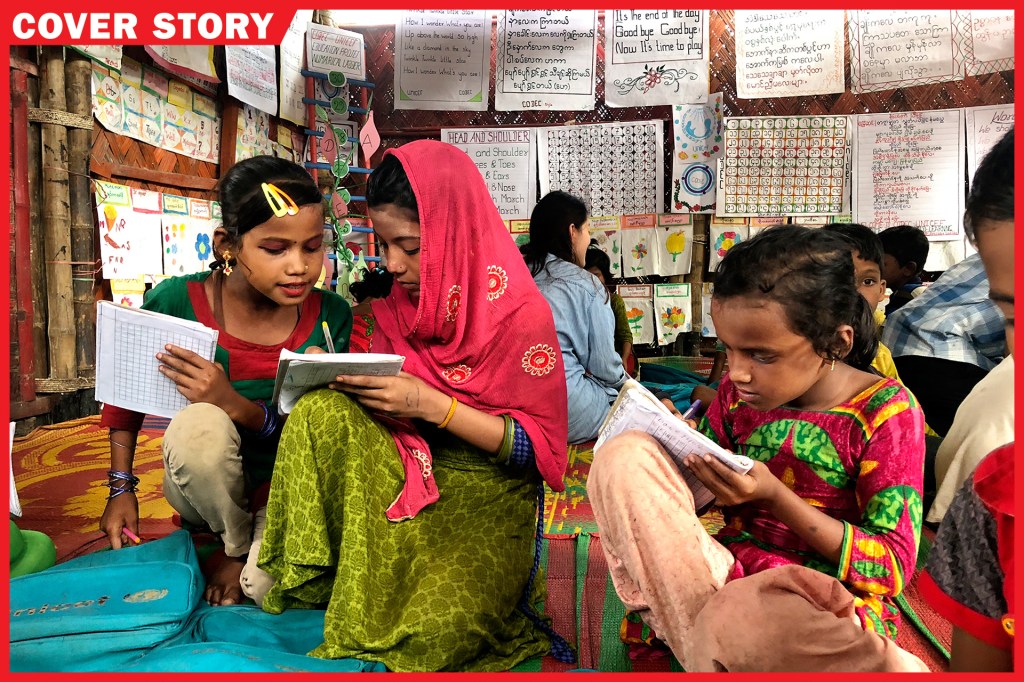
COX'S BAZAR, Bangladesh — Just as the last little kid walks single-file out the door, about 30 very eager 7- to 10-year-olds burst in. Quickly, they claim spots on the floor. Welcome to the lively one-room Golap Child Learning Center.
“Good morning, students!” Muhammad Alam Khan says. The children shout their reply: “Good morning, Teacher!”
A similar routine plays out many times a day here in Bangladesh. The students are Rohingya refugees. They have come from Myanmar (see “A Dangerous Journey”). They go to class in two-hour shifts.
“These children have faced violence in Myanmar,” co-teacher Muhammad Jaber Ahmed tells me. He speaks through a translator
translator
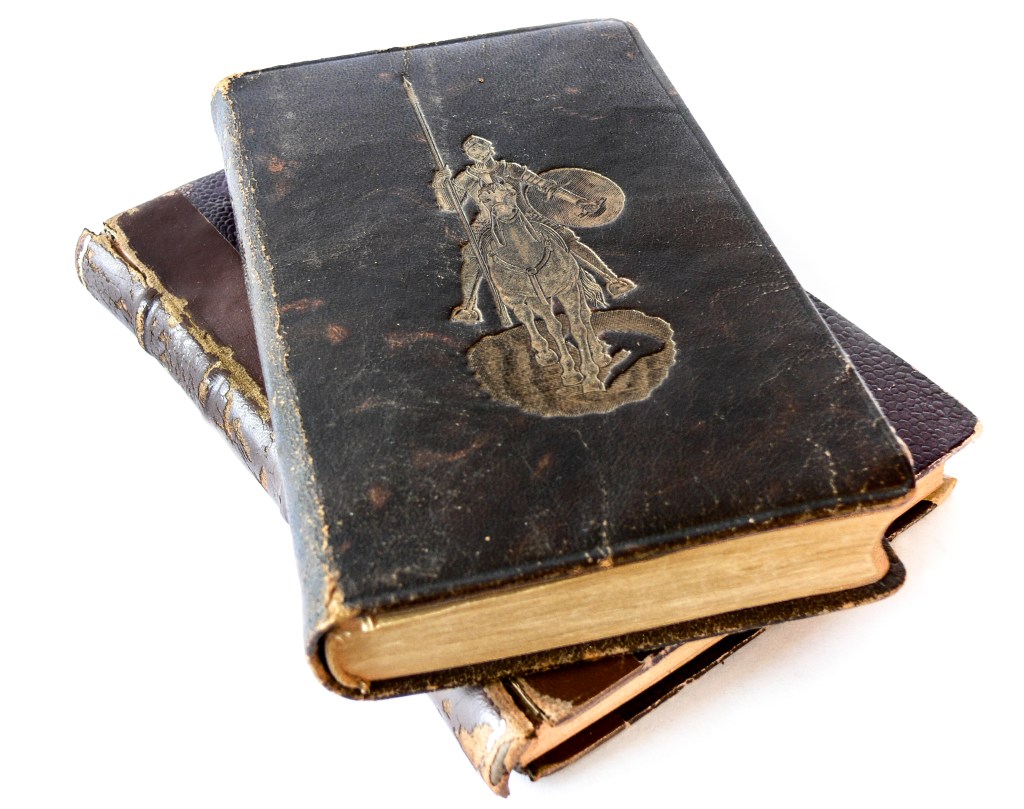 LALOCRACIO/GETYY IMAGES
a person who changes words in one language to words in another language
(noun)
The novel Don Quixote was written in Spanish, but translators have created many English versions of the text.
. “But after three or four months at the learning center, they have come back to their normal life.”
LALOCRACIO/GETYY IMAGES
a person who changes words in one language to words in another language
(noun)
The novel Don Quixote was written in Spanish, but translators have created many English versions of the text.
. “But after three or four months at the learning center, they have come back to their normal life.”
Rohingya refugee camps here are now home to some 900,000 people. UNICEF—the United Nations Children’s Fund—and partners run 888 learning centers. They teach English, Burmese (Myanmar’s official language), math, and life skills to nearly 95,000 kids. The centers are a positive force for children who have been touched by tragedy.
Meet the Rohingya
The Rohingya are a Muslim minority
minority
 CHIP SOMODEVILLA/GETYY IMAGES
the smaller of two groups
(noun)
Female lawmakers are a minority in Congress.
in Myanmar, which is mainly Buddhist. Myanmar’s government denies them citizenship and basic rights.
CHIP SOMODEVILLA/GETYY IMAGES
the smaller of two groups
(noun)
Female lawmakers are a minority in Congress.
in Myanmar, which is mainly Buddhist. Myanmar’s government denies them citizenship and basic rights.
A little over a year ago, on August 25, 2017, Myanmar’s military carried out deadly attacks on Rohingya people. The United Nations (U.N.) has accused the military of crimes.
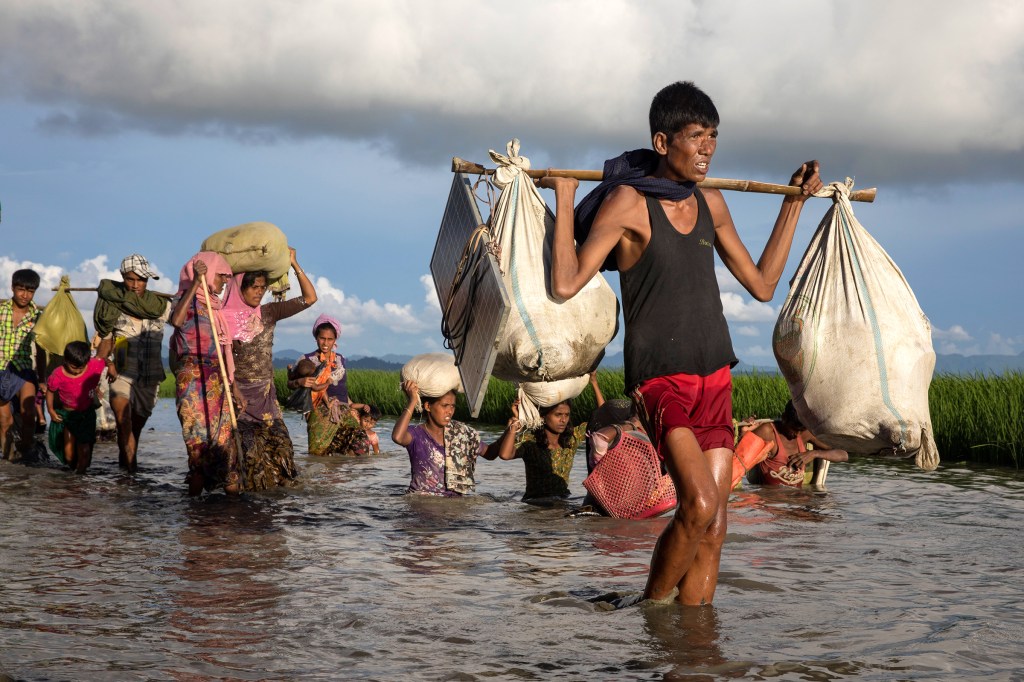
SEEKING SAFETY Refugees walk in a rice-field canal after crossing into Bangladesh.
PAULA BRONSTEIN—GETTY IMAGES“There were fires, and shooting,” 8-year-old Gulbahar tells me. She and her nine siblings took shelter in the jungle before reaching Bangladesh.
Soon, Bangladesh saw an influx
influx
 ZSOLT HLINKA/GETTY IMAGES
the status of being a citizen of a country
(noun)
At the ceremony, participants recited the Pledge of Allegiance before being granted citizenship to the United States.
of more than 700,000 Rohingya people. They now live in temporary shelters made of bamboo and plastic tarps.
ZSOLT HLINKA/GETTY IMAGES
the status of being a citizen of a country
(noun)
At the ceremony, participants recited the Pledge of Allegiance before being granted citizenship to the United States.
of more than 700,000 Rohingya people. They now live in temporary shelters made of bamboo and plastic tarps.
A Path Forward
In August 2018, the U.N. said it was not yet safe for the Rohingya to go home. For now, steps are being taken to improve access to education. By the end of 2018, UNICEF and partners hope to open an additional 565 learning centers. This would allow another 107,000 Rohingya children to attend classes.
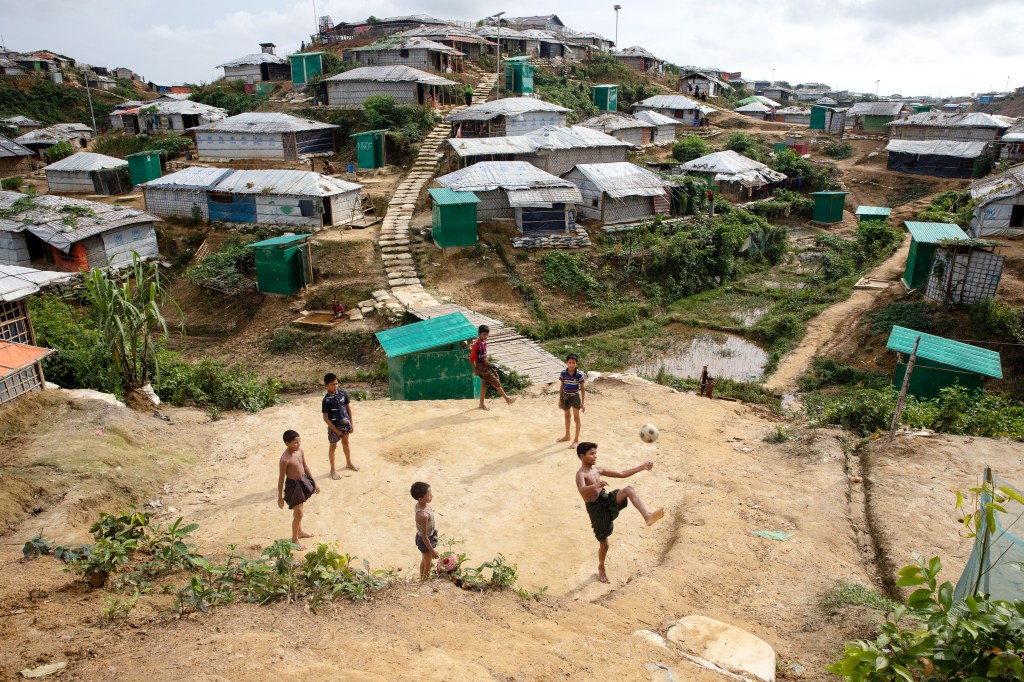
AT PLAY Rohingya kids play ball in Kutupalong refugee camp in Cox’s Bazar, Bangladesh.
PAULA BRONSTEIN—GETTY IMAGESLife is not easy in the camps. But children are optimistic
optimistic
 ULRIKE SCHMITT-HARTMANN/GETTY IMAGES
hopeful
(adjective)
I'm optimistic that I will win my tennis match.
. At the Golap Child Learning Center, they expressed this through song: Deep in my heart / I do believe / We shall overcome someday. The lyrics are from “We Shall Overcome.” It is an American civil-rights anthem
anthem
ULRIKE SCHMITT-HARTMANN/GETTY IMAGES
hopeful
(adjective)
I'm optimistic that I will win my tennis match.
. At the Golap Child Learning Center, they expressed this through song: Deep in my heart / I do believe / We shall overcome someday. The lyrics are from “We Shall Overcome.” It is an American civil-rights anthem
anthem
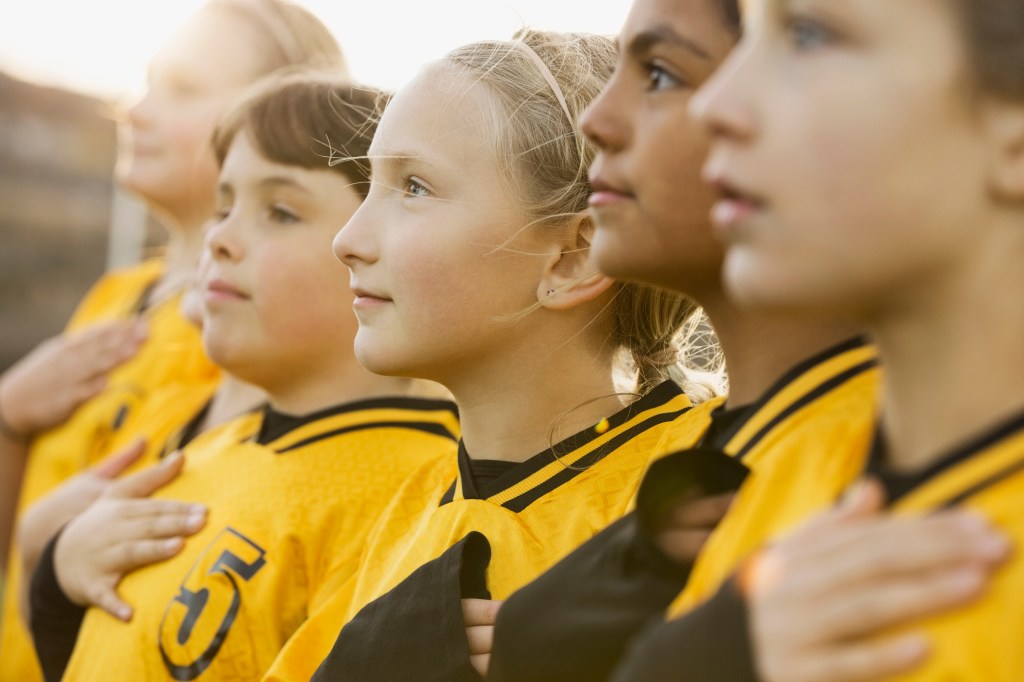 HERO IMAGES/GETTY IMAGES
a song that is important to a particular group of people
(noun)
The national anthem is sung before many sporting events in the United States.
. “They call it ‘World Song,’” UNICEF education officer Iffat Farhana says. “It helps them feel motivated to overcome this situation.”
HERO IMAGES/GETTY IMAGES
a song that is important to a particular group of people
(noun)
The national anthem is sung before many sporting events in the United States.
. “They call it ‘World Song,’” UNICEF education officer Iffat Farhana says. “It helps them feel motivated to overcome this situation.”
A Dangerous Journey
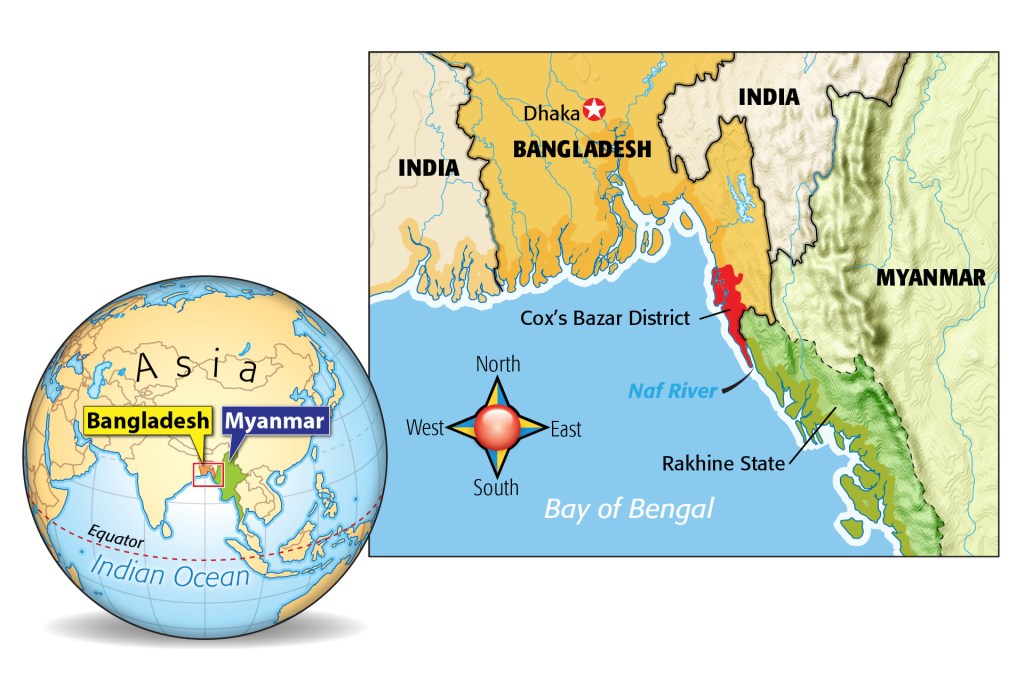
After military attacks, thousands of Rohingya people fled Myanmar’s Rakhine State. They crossed the Naf River and the Bay of Bengal to get to Bangladesh. They traveled in fishing boats and on rafts. “A lot of people can’t swim, especially in these rough seas,” says UNICEF’s Peta Barns.
In Cox’s Bazar, aid workers met them on the shore with food, water, and blankets. “Imagine streams of people,” Barns says. “We didn’t know when it was going to stop.”
Stop and Think! What words and phrases does the writer use to evoke emotion? How does this help readers connect with the story?
Jaime Joyce is executive editor at TIME for Kids. She traveled to Bangladesh to report this story. It is made possible through a grant from the Pulitzer Center on Crisis Reporting.
Assessment: Click here for a printable quiz. Teacher subscribers can find the answer key in this week's Teacher's Guide.





